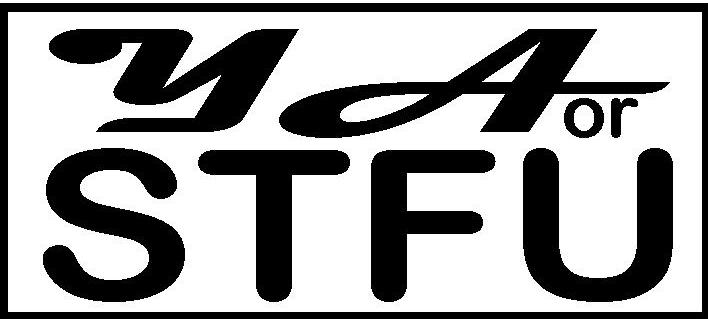Young Adult Literature without Apology
Amy's assessment of contemporary young adult literature, organized by author and title, censored by noone.
Realistic | Romance | Science Fiction | Historical Fiction | Fantasy | Horror | Mystery
Talbot, Bryan (1995). The Tale of One Bad Rat. Milwaukie, OR: Dark Horse Comics, Inc. ISBN: 1569711275.
Helen Potter has left home to live on the streets of an unnamed British city; she is alone and has clearly been traumatized. In the first panels of this graphic novel, we are privy to one of the escape fantasies that characterize Helen's state of mind: while sitting cross-legged on the floor of an underground subway station, she imagines throwing herself in front of a passing train. Helen eventually meets up with a group of squatters who allow her to live in an abandoned home in which they've taken up residence. There, she devotes herself to drawing and contemplating her muse, the reclusive author/illustrator Beatrix Potter. When the squat's resident cat kills Helen's beloved pet rat, Helen takes to the road again and heads to the British countryside with a vague plan to visit Potter's historic country home. Helen's self-destructive fantasies are woven into the narrative, along with magically real fantasy moments during which she imagines herself speaking with her dead pat rat, now grown to human size. Against the surreal narrative of her real travels and fantasy musings, flashbacks of Helen's past at the hands of her sexually abusive father emerge to explain the initial situation that motivates this road story.
Inked in a simplified but realistic style and following pretty straight panel-by-panel graphic conventions, Talbot's story is an easy entree into the graphic novel form. The author's note at the end, in which Talbot describes his creative process and includes photographs of the life drawing models on which he based the novel's characters, provides an interesting insight into the book itself. That said, I felt that Talbot's claim that this novel represented a "drastic stylistic change" meant to encourage and enable its reading by "those without an acquired knowledge of comics grammar"(unpaged, author's note) did a disservice to what could have been a more powerful presentation. On one hand, one could say that the "straight" narrative underscored the tragic typicality of this type of story; on the other, it seems like a much more dramatic presentation could have done more to really emphasize the character's feelings of victimization, helplessness and rage.
